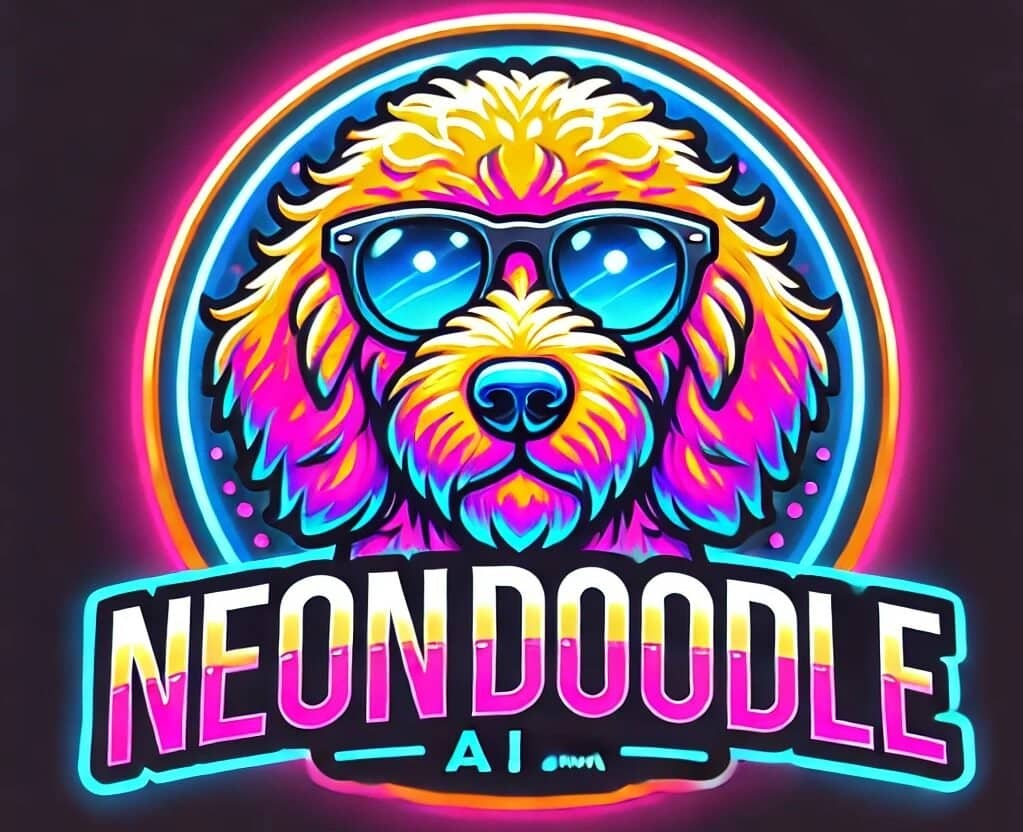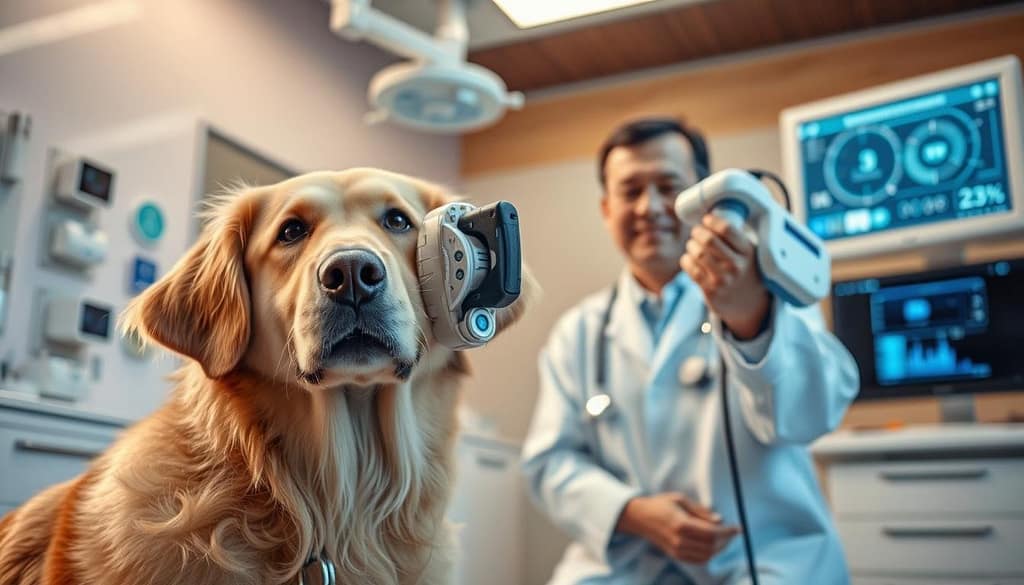Cooper, a devoted pet owner, faced a heart-wrenching situation when his border collie, Sassy, suddenly fell ill. At first, Sassy showed signs of improvement, but her health took a sharp turn for the worse. She was diagnosed with severe anemia, leaving Cooper and the veterinarians puzzled.
Traditional veterinary care had reached its limits. Despite multiple tests and treatments, the root cause of Sassy’s condition remained unclear. Cooper, determined to save his beloved pet, turned to an unexpected resource: GPT-4. This decision marked a turning point in Sassy’s recovery journey.
This story highlights the growing role of technology in veterinary medicine. It’s a testament to how innovative tools can provide solutions when traditional methods fall short. Cooper’s experience with Sassy offers hope and inspiration for pet owners everywhere.
Key Takeaways
- Cooper’s border collie, Sassy, faced a sudden health crisis.
- Traditional vet care couldn’t diagnose the root cause of her anemia.
- GPT-4 played a crucial role in identifying a solution.
- This story showcases the potential of AI in veterinary medicine.
- It’s an inspiring example of how technology can save lives.
A Desperate Situation: When Traditional Vet Care Wasn’t Enough
Sassy’s health crisis deepened as traditional methods failed to uncover the root cause. The veterinarian ran multiple tests, but the results were inconclusive. Sassy’s condition, later identified as Immune-Mediated Hemolytic Anemia (IMHA), presented challenges that stumped the initial team.
Autoimmune disorders like IMHA are notoriously difficult to diagnose. The bloodwork patterns confused the veterinary team, leading them to suspect tick-borne diseases. However, the treatment protocols for those conditions didn’t align with Sassy’s symptoms.
A critical piece of the puzzle was missing: reticulocyte count analysis. This test, which measures young red blood cells, could have provided clarity earlier. Without it, the team struggled to understand the severity of Sassy’s anemia.
Time was running out. Cooper sought a second opinion, but the urgency for an accurate diagnosis grew with each passing day. The situation highlighted the complexities of autoimmune conditions and the limitations of traditional diagnostic approaches.
How AI Helped Save a Dog’s Life: ChatGPT’s Critical Role
Faced with a pet health emergency, Cooper sought help from an unexpected source. Traditional veterinary methods had failed to uncover the root cause of Sassy’s condition. Desperate for answers, he turned to GPT-4 for AI veterinary help.
GPT-4 provided a differential diagnosis list, prioritizing Immune-Mediated Hemolytic Anemia (IMHA). This suggestion differed from the initial vet assessments, which had focused on tick-borne diseases. Cooper carefully evaluated the AI-generated hypotheses, using his critical thinking to weigh the possibilities.
Cooper played a crucial role in translating the AI output into actionable questions for the veterinary team. His ability to bridge the gap between technology and medical expertise was key. This partnership between technological capability and human judgment proved invaluable.
“GPT-4’s interpretation was spot on. It gave us the information we needed to move forward.”
This experience highlights the potential of AI in veterinary care. It’s a powerful example of how technology can complement traditional methods, especially in complex cases like Sassy’s. Cooper’s story offers hope and inspiration for pet owners facing similar challenges.
The Breakthrough: AI’s Autoimmune Disorder Diagnosis
The turning point in Sassy’s recovery came with an unexpected breakthrough. GPT-4’s suggestion of Immune-Mediated Hemolytic Anemia (IMHA) led to a confirmed diagnosis. Within hours, the veterinarian adjusted the treatment plan, focusing on this autoimmune disorder.
Sassy’s hematocrit (HCT) levels, initially critically low, improved to 28% within three days of proper treatment. Medications like prednisone and cyclosporine were administered to suppress her immune system. Blood transfusions provided immediate relief, stabilizing her condition.
Follow-up bloodwork showed significant progress. Her red blood cell count increased, and her energy levels began to return. Cooper noticed Sassy’s regained vitality, describing it as a “miracle.”
“Seeing her wag her tail again was the best feeling in the world.”
Ongoing monitoring became essential. Regular blood tests ensured her HCT levels remained stable. The veterinarian emphasized the importance of consistent medication and follow-ups to prevent relapse.
Sassy made almost full recovery, thanks to the combined efforts of advanced technology and dedicated veterinary care. Cooper’s story is a testament to the power of innovation in pet healthcare.
The Future of AI in Pet Healthcare
The role of technology in pet healthcare is evolving rapidly, offering new possibilities for diagnosis and treatment. Tools like ChatGPT pet diagnosis are becoming valuable resources, but they must be used responsibly. Always consult a licensed veterinarian to verify suggestions and ensure accurate care.
While innovations like dog health AI show promise, they come with risks. Misinformation and liability concerns highlight the need for caution. Diagnostic testing remains essential to confirm any tech-generated insights.
Looking ahead, FDA-approved vet AI tools could revolutionize the industry. Sassy’s story serves as a catalyst for this paradigm shift, inspiring hope for safer, more effective pet healthcare technology. Together, innovation and expertise can create a brighter future for pets everywhere.





